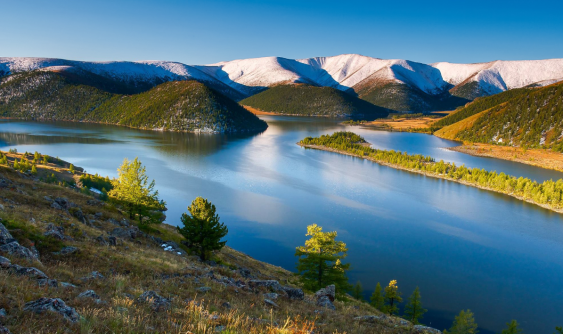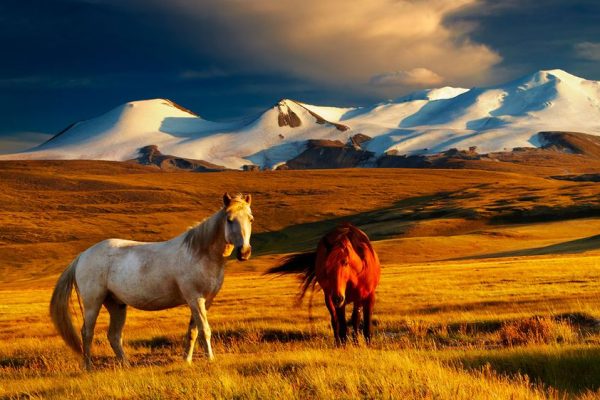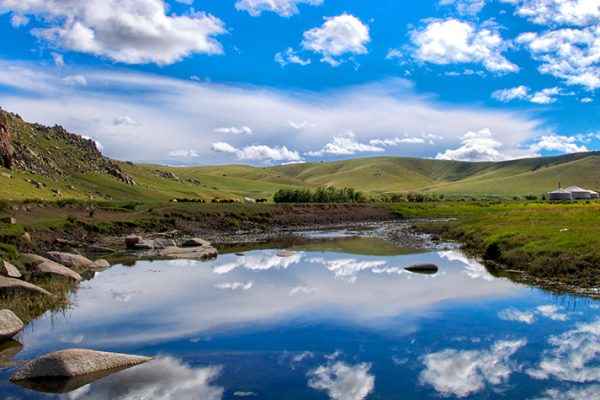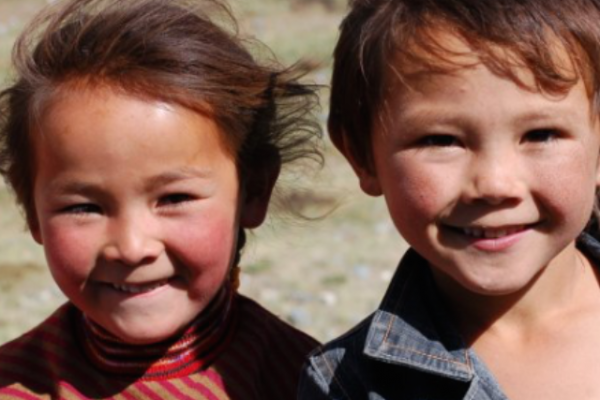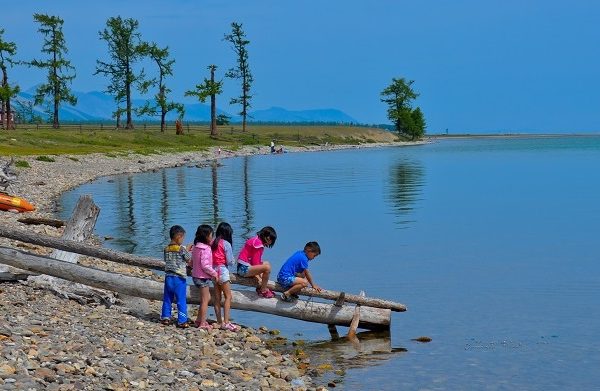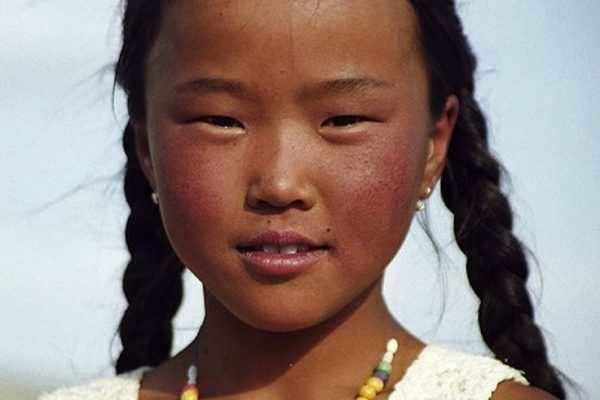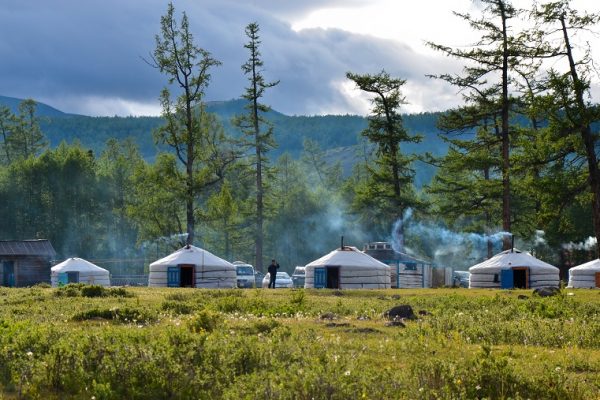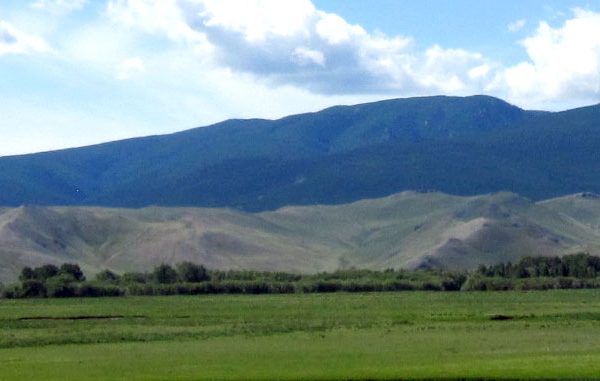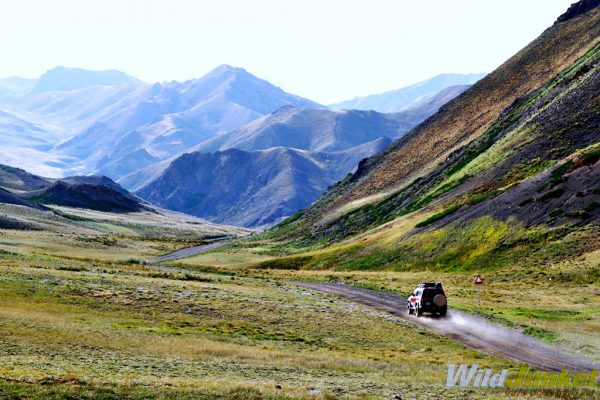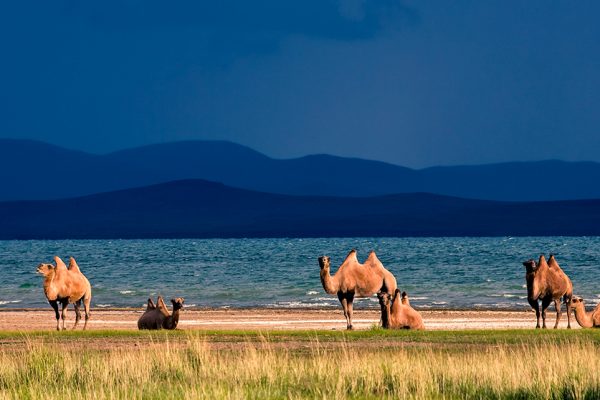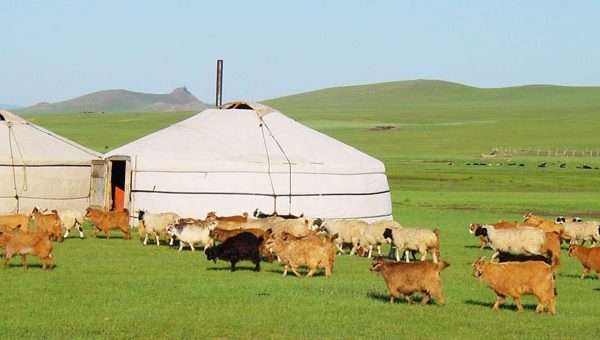ABOUT MONGOLIA
Mongolia, with a land area of about 1.6 million sq. km. and a population of about 3.0 million is the world’s most sparsely populated country. The land ranges from desert to semi-desert to grassy steppe, with mountains in the west and south-west. Arable land is estimated to constitute only 0.8 percent of this vast country. Landlocked between Russia and China, Mongolia has shown steady growth in the recent years.
Modern humans reached Mongolia approximately 40,000 years ago. In 1206 Genghis Khan founded the Mongol Empire which became the largest land empire in world history. Mongolia later came under Chinese rule and won its independence from China in 1921. The Mongolian People’s Republic was then established with Soviet influence. Mongolia became a UN member state in 1961. Following the dissolution of the Soviet Union, Mongolia saw its own relatively peaceful democratic revolution in the early 1990’s which led to a multi-party system, a new constitution of 1992, and a transition to a market economy. This transition resulted in an upheaval of structures that had been in place for 70 years and saw Mongolia’s trade with Russia decline by 80% and had a strong impact on peoples’ lives.
HISTORY
Throughout history, livestock raising by nomadic herders has been the major economic activity. In the early 20th century industrialization began, spurred by the Soviet Union and largely based on wool processing and extraction of minerals, mainly coal, copper, gold and fluorspar.
About mongolia
MONGOLIA BASIC INFORMATION
For more information visit https://en.wikipedia.org/wiki/Mongolia

